It is not what we have that will make us a great nation; it is the way in which we use it. –Teddy Roosevelt
Cultural remains dating back over 8,000 years have been recovered at an oasis in the Texas Hill Country called Hamilton Pool. A small canyon surrounded by limestone cliffs is home to a jade green pool of water fed by a small creek that tumbles over the natural grotto cliff in a fifty-foot waterfall. Before the 1800’s it was home to Tonkawa and Lipan Apaches. In the mid 1860’s, Morgan Hamilton owned the property and twenty years later sold it to the Reimers, an immigrant family from Germany, who operated a sheep and cattle ranch. They opened the pool to the public, and by the 1960’s and 70’s, it was a popular destination. With grazing and extreme use, the native habitat was suffering, so in 1985, Travis County purchased 232 acres and began an intensive restoration of the area now known as Hamilton Pool Preserve.
We were fortunate to have a few days after the wedding to explore some of the Texas Hill Country. The countryside is arid and hilly with many unfamiliar trees and plants. We began the short hike to Hamilton Pool amidst prickly pear cacti and limestone rocks.
The holly-like leaves of this shrub caught my attention–along with the spider web. After some research, I discovered the shrub is called Agarita (Mahonia trifoliolata). It flowers yellow in the spring and produces red berries that are desirable to birds and small animals and also make a tasty jelly.
We descended the trail with limestone cliffs to our right and towering trees to our left.
We were surprised to see they were bald cypress–deciduous conifers that like their ‘feet’ in water!
Aaron spotted an inhabitant of the cypress grove–a green anole lizard!
The canyon walls rose around us…
we crossed a wooden bridge, skirted over some rocks, and there was the pool! People were swimming and wading in the clear, green water.
Mosses and maidenhair ferns grew on the grotto ceiling, and the constant dripping water created stalactite fountains that cascaded into the pool.
Sunlight reflected off the water onto the rock ceiling, creating a subtle dance of light.
At the back of the shady grotto, on the rocky trail, a shrub grew. It had striking red flowers that resembled a tropical hibiscus, though they were smaller and unopened. The stamen protruded from the petals–a telephone pole for the silky webs of a spider. This shady shrub has common names of red mallow, Turk’s cap, and sleeping hibiscus. It produces an edible fruit that tastes like an apple, thus its Spanish name-Manzanilla (little apple.)
We followed the trail around the pool, then dipped our feet in the cool water while Aaron went for a swim. It was an amazing, lush oasis in the middle of an arid land. It was full of contrasts–from maidenhair ferns to prickly pear cacti, from water-loving cypress trees to desert-like agarita bushes. No wonder it has been a destination of wonder and rest for thousands of years.
We drove a few miles to another part of the old Reimers Ranch that has been turned over to the County for public use. It is a world-class rock climbing destination, has miles of mountain bike trails, and fishing in the Pedernales River. We hiked to one of the rock climbing places, slipping down a rocky stream bed to a large limestone cliff and cave.
Dripping water had formed an ancient stalagmite with an apron of moss and ferns.
I ducked into a cave for an insider’s look.
Spiny gray airplants clung to many of the trees in Texas. Ball Moss is a Bromeliad, closely related to pineapples, that uses the tree for support only. They feed off nutrients and moisture in the air.
We finished our hiking as the sun sank in the western sky, illuminating tall, thin pencil cacti and the spiny edges of pancake-flat prickly pear. What an interesting land here in Central Texas!
The above quote from Teddy Roosevelt was at the bottom of the signage at Hamilton Pool Preserve. The history of that place is humbling–this Oasis in the arid land has been a place of shelter, rest, and wonder for tens of thousands of hiking feet through the eons. As we walked back from the grottoed pool through the towering cypress trees, I felt like I had just received a gift. I was happy the newlyweds and Travis County parks system had shared this place with us.
So what if the Reimer family had kept this natural treasure all to themselves?
I think Roosevelt’s quote also applies to each of us–it’s not what we have that makes us great people–it is the way in which we use it. How do we share our gifts with others?
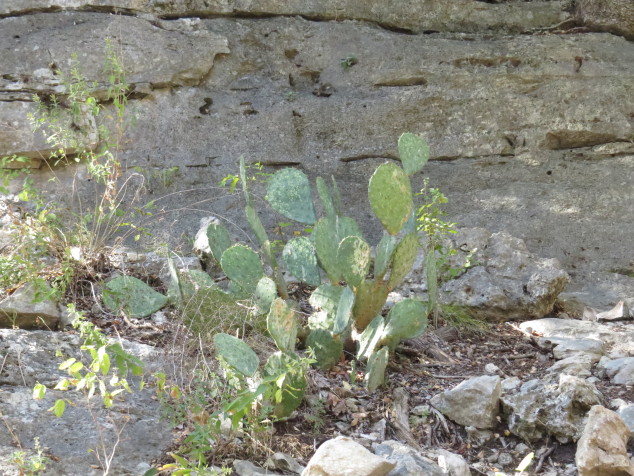
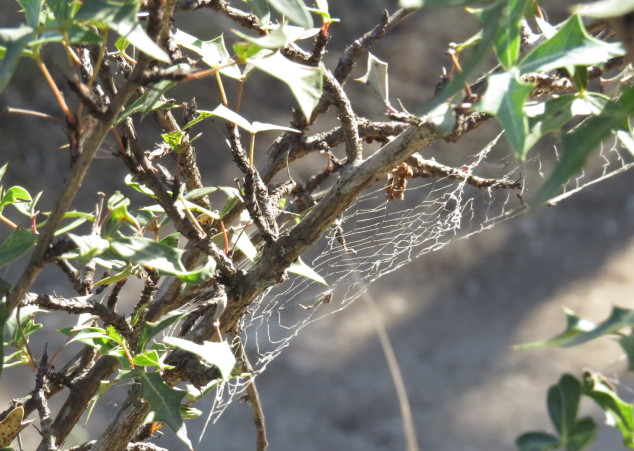
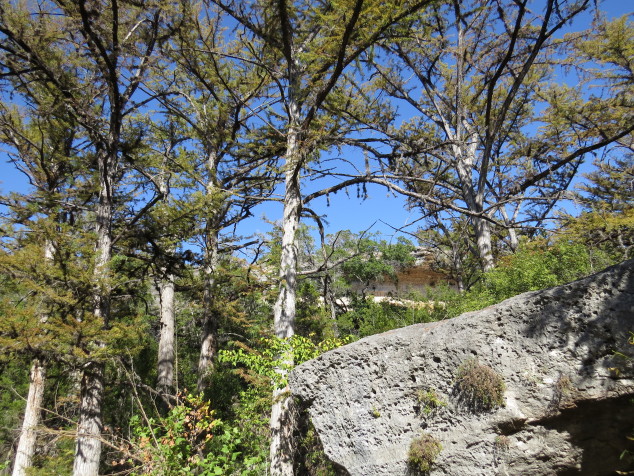
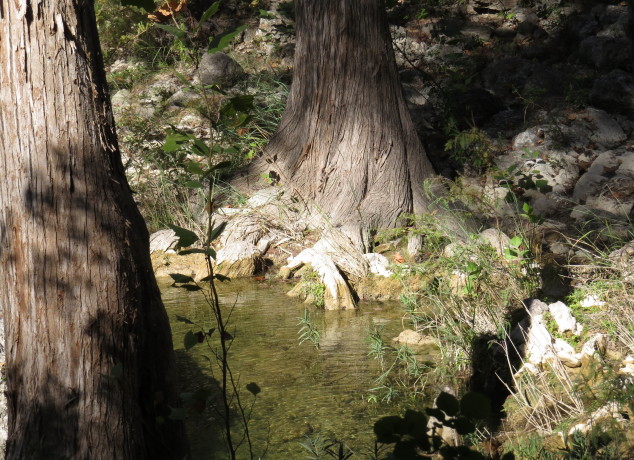
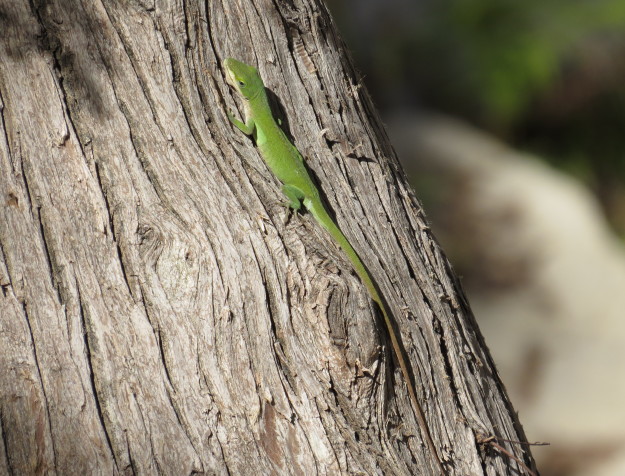
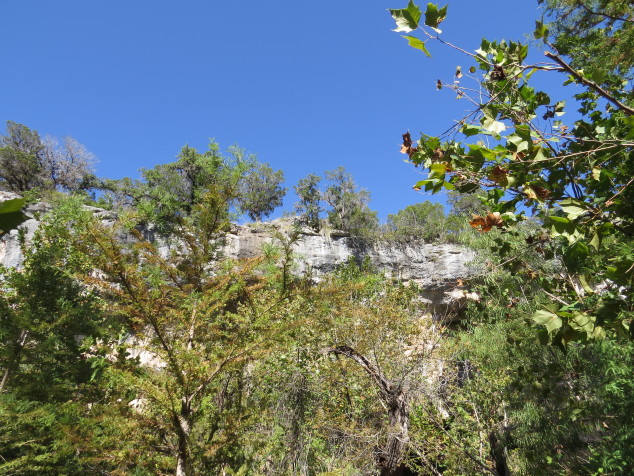
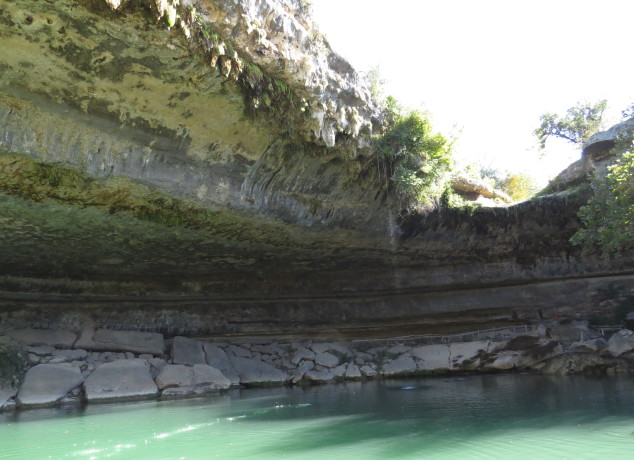
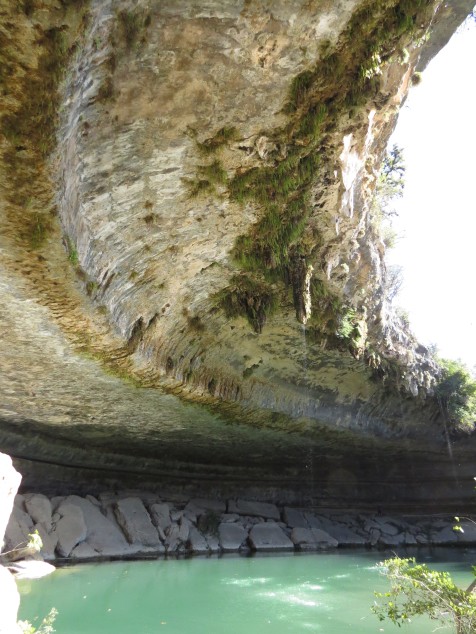
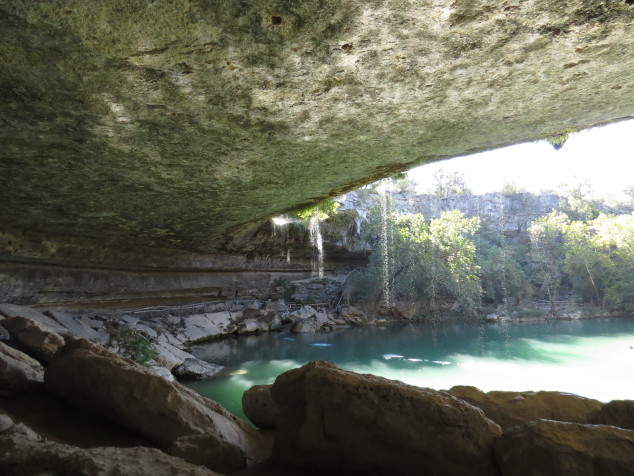
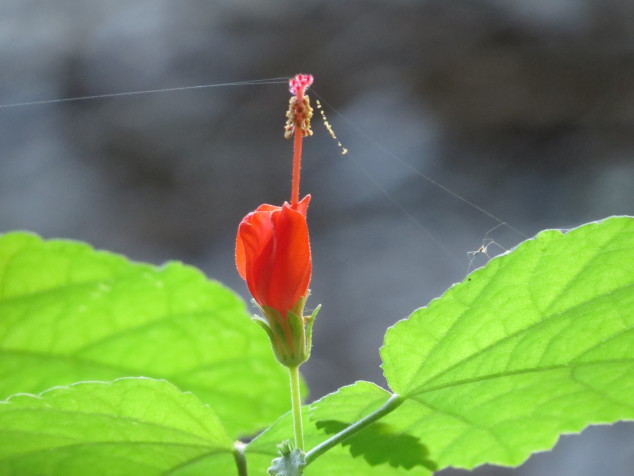
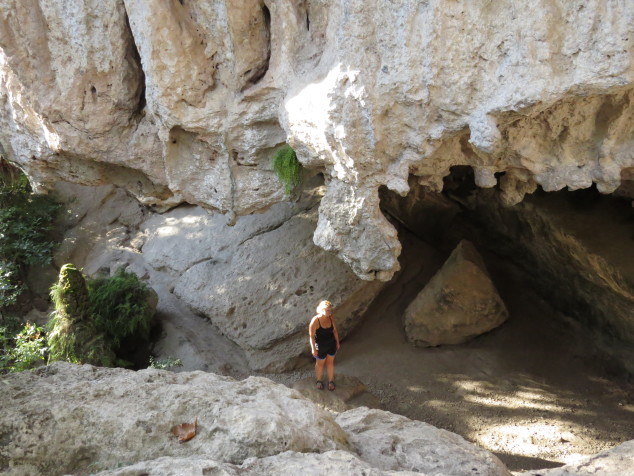
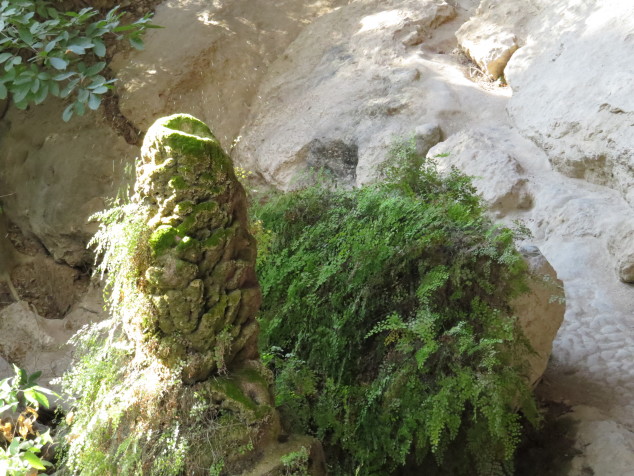
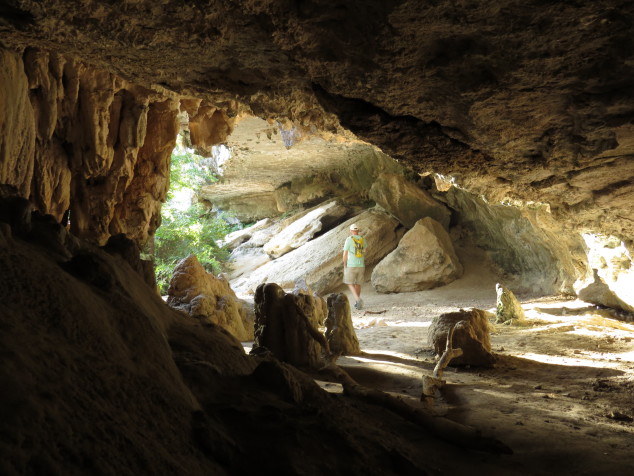
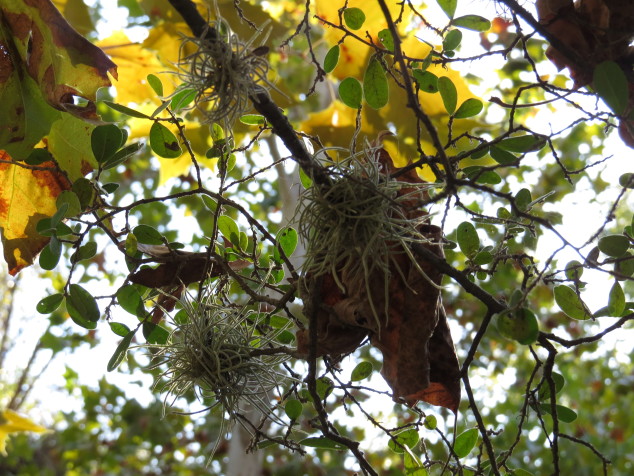
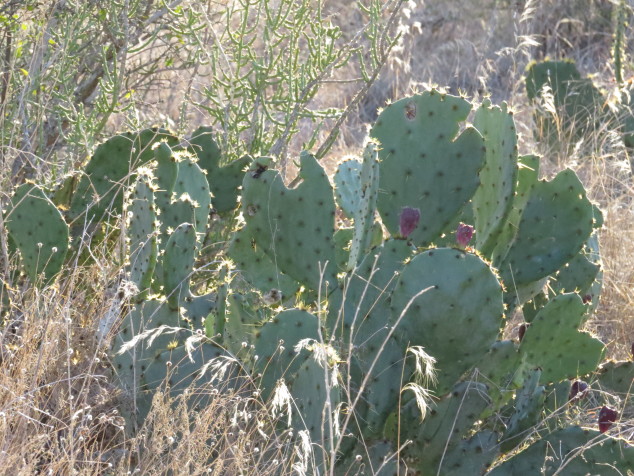
What a wonderful field trip for me! I was familiar with only a few of the flowers, bushes, trees you wrote about, and taught me about. The photos were marvelous! I am impressed with your descriptions of nature, and the manner in which you share your philosophy of living.
Thank you for this Blessing for my day.
Blessings to you,
Patricia J
Thank you so much, Pat. I have much to learn about the Texas plants!